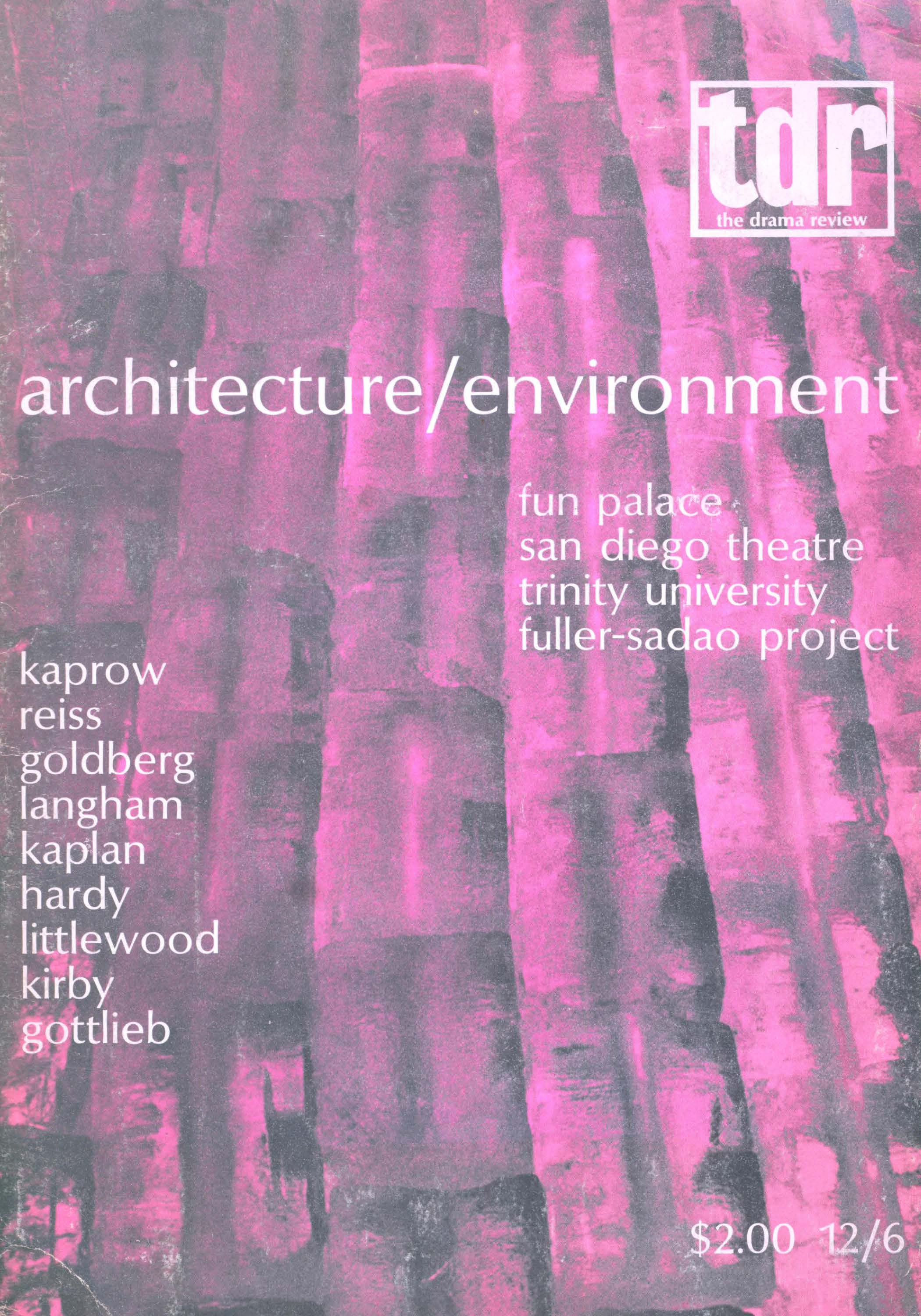Article contents
The Black Arts Movement
Published online by Cambridge University Press: 12 September 2022
Extract
The Black Arts Movement is radically opposed to any concept of the artist that alienates him from his community. Black Art is the aesthetic and spiritual sister of the Black Power concept. As such, it envisions an art that speaks directly to the needs and aspirations of Black America. In order to perform this task, the Black Arts Movement proposes a radical reordering of the western cultural aesthetic. It proposes a separate symbolism, mythology, critique, and iconology. The Black Arts and the Black Power concept both relate broadly to the Afro-American's desire for self-determination and nationhood. Both concepts are nationalistic. One is concerned with the relationship between art and politics; the other with the art of politics.
- Type
- Black Revolutionary Theatre
- Information
- Copyright
- Copyright © The Drama Review 1968
References
* In Jones’ study of Afro-American music, Blues People, we find the following observation: ”… Even the adjective funky, which once meant to many Negroes merely a stink (usually associated with sex), was used to qualify the music as meaningful (the word became fashionable and is now almost useless). The social implication, then, was that even the old stereotype of a distinctive Negro smell that white America subscribed to could be turned against white America. For this smell now, real or not, was made a valuable characteristic of ‘Negro-ness.’ And ‘Negro-ness,’ by the fifties, for many Negroes (and whites) was the only strength left to American culture.”
- 121
- Cited by


